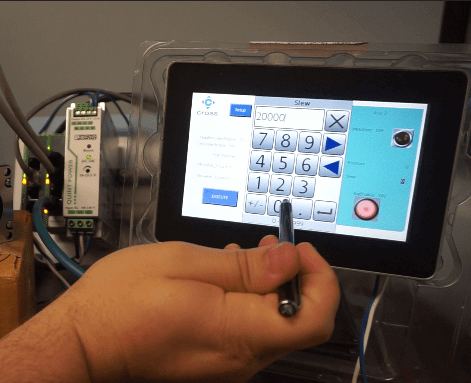
人机界面(HMI)是各行业中不可或缺的组件,使用户能够与机器和系统进行有效交互。无论是工业设备、医疗设备还是消费电子产品,选择适合的HMI对于用户体验和系统性能至关重要。本文将探讨选择HMI时需要考虑的关键因素,并讨论市场上可用的各种有效选项。
关键考虑因素
- 耐用性和可靠性:HMI常需承受频繁使用和恶劣的运行环境。因此,耐用性和可靠性是选择显示屏时必须考虑的关键因素,确保其能在承受机械应力、温度波动及接触污染物的情况下,仍保持性能稳定。
- 用户界面设计:HMI的用户界面设计对提升用户体验和生产力至关重要。直观的布局、清晰的图标和响应迅速的触控反馈有助于实现轻松导航和操作,确保用户能够高效、有效地与显示屏互动。
- 定制化与灵活性:定制化灵活性使HMI能够适应特定用户需求和应用场景。可编程按键、可配置菜单及可调节设置等功能,允许用户个性化设置与显示屏的交互方式,从而提升效率和用户满意度。
- 与控制系统集成:与控制系统及通信协议的无缝集成,是HMI实现实时数据交换和系统控制的关键。与行业标准接口的兼容性确保与现有设备和网络的顺畅连接和互操作性。
- 可见性和可读性:清晰的可见性和可读性是HMI准确向用户传递信息的关键。显示亮度、对比度、可视角度和防眩光特性等因素共同确保在不同光照条件下实现最佳可见性,确保信息易于阅读。
有效的显示屏选项
- 单色显示屏:单色显示屏为HMI应用提供简洁且成本效益高的解决方案,尤其在颜色并非主要需求的情况下。这些显示屏具备高对比度和可读性,适用于工业环境中显示文本、图标和简单图形。
- 彩色薄膜晶体管(TFT)显示屏:彩色薄膜晶体管(TFT)显示屏为需要颜色区分和图形表示的人机界面(HMI)应用提供生动色彩、清晰图像和增强的视觉吸引力。这些显示屏在显示复杂信息和创建吸引人的用户界面方面具有灵活性。
- 触摸屏显示屏:触摸屏显示屏通过提供直观的触摸输入,增强人机界面(HMI)应用的交互性和用户参与度。电容式或电阻式触摸屏技术使用户能够无缝浏览菜单、输入数据并与系统交互,从而提升整体用户体验。
- 坚固型显示屏:坚固型显示屏专为应对严苛环境而设计,例如工业环境或户外安装场景,这些环境中常暴露于灰尘、潮湿和振动。这些显示屏采用坚固结构、增强耐用性和保护涂层,确保在恶劣条件下可靠运行。
- 高分辨率显示屏:高分辨率显示屏为HMI应用提供清晰细节、精细文字渲染和复杂图形,适用于需要精准可视化和数据呈现的场景。更高的像素密度带来更锐利的图像和更好的可读性,提升用户界面设计和整体用户体验。
结论选择适合HMI应用的显示屏需考虑耐用性、用户界面设计、定制化、与控制系统集成、可视性和可读性等因素。凭借多种有效选项,包括单色显示屏、彩色TFT显示屏、触摸屏显示屏、坚固型显示屏和高分辨率显示屏,各行业可根据具体需求定制HMI,优化用户与机器及系统的交互体验。通过优先考虑这些关键因素并探索创新显示技术,制造商可提升HMI的易用性、可靠性和性能,满足各类工业及商业应用的需求。